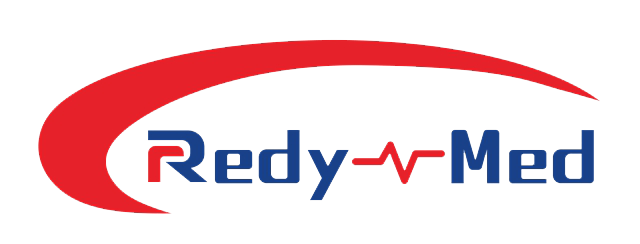Emerging trends in healthcare indicate there is greater need for medical accessories in emergency care. This is happening because of multiple reasons including technological opportunities, increased rates of chronic illnesses, and heightened health awareness. In this Blog, we will discuss the trends that need to be followed, the medical accessories that are gaining increasing need, and the impacts for health practitioners and medical manufacturers.
Emergency Care and Its Medical Accessories: An Overview
Medical care practices that relate to accidental injuries are a universal activity for the healthcare practitioners. It entails a set of practices focused on the delivery of health services to patients who are in a critical condition. In this setting, the medical accessories dramatically enhance the skill set in diagnosis and treatment as well as the medical care provided to patients. In terms of patient stabilisation and intervention, emergency care accessories go as simple as band aid and splint, to complex as a portable ultrasound and ultrasound machines.
Important Medical Accessories Considerations
The growing demand for medical accessories in emergency care is distinctly changing for several reasons. The rapid growth of the geriatric population is directly linked to an increase in chronic conditions that require emergency care. The World Health Organization states that the growing population aged 60 and older is expected to reach 2 billion by 2050. This, of course, has serious implications for healthcare systems.
Also, innovations such as telemedicine, wearable health technology, and AI are revolutionizing the healthcare emergency response sector. The newer innovations are improving emergency responder capabilities, as well as patient care. Corresponding medical accessories are also in high demand as they increase the efficiency of telehealth services.
Lastly, the COVID-19 pandemic has shown the world the importance of being equipped with the right medical supplies and accessories in an emergency situation. The growing need for PPE, ventilators, and diagnostic tools highlights the need for emergency response systems that are integrated with sound logistics and distribution systems.
Most Sought After Medical Accessories
The collection of items and accessories needed for emergency care is diverse and extensive. Some of the highest demand products in the medical fiel are:
– Defibrillators: Widely known for their effectiveness in document cardiac situations, defibrillators are life saving devices that deliver shocks and restore normal heart rhythms.
– Portable Ultrasound Machines: These devices are quick and efficient in the evaluation of internal parts. Their functionality is pivotal in emergency situations.
– IV Supplies: Catheters and fluids are a few items in high demand during emergencies. Due to the emergency situations that arise in most hospitals, intravenous supply is a frequent measure.
– Wound Care Products: Wound care items are essential in trauma and infection control. Hence, they aid in the quick recovery of the patients and greatly help in curing the disease.
– Monitoring Devices: Using vital signs, healthcare providers can track patients’ intervals and thus their conditions in real time. This enables timely and prompt action to be taken to aid the patients.
Consequences for Healthcare Providers and Product Developers
The growing need for medical supplies in emergency response is both an opportunity and a hindrance for healthcare providers and product developers. Providers need to ensure an adequate inventory of medical supplies to meet the needs of patients. This pose a challenge in terms of maintaining an efficient inventory system and a dependable supply chain. Product manufacturers, on the other hand, see an opportunity to respond to the changing needs of emergency care by creating new and innovative products.
Additionally, the healthcare providers and product manufacturers working together could produce improved results. Both parties could contribute by exchanging experiences about the products used, which could help improve the quality of emergency healthcare provided.
Industry Developments and Looking Ahead
The need for equipment is to be anticipated in the future, especially for the emergency disposition of patients. The following trends are notable:
– Technological Innovations in the Healthcare Industry: The continued advancement of technology is likely to be accompanied by the growth of medical supplies which incorporate such technologies.
– Patient Engagement: The design of medical accessories is changing to serve the patients in the best possible way.
-
Sustainability Initiatives: The healthcare sector is paying more attention to sustainability, which has led to the design of green medical accessories.
-
Regulatory Changes: The ongoing evolution within the healthcare sector may also shift the focus of regulation concerning which medical accessories are permitted in emergency care.
To summarize, the primary drivers of increased demand for medical accessories in emergency care are technological innovations and the growing elderly population. Patients, healthcare providers, and manufacturers are still seeking innovation and collaboration to enhance emergency care.

